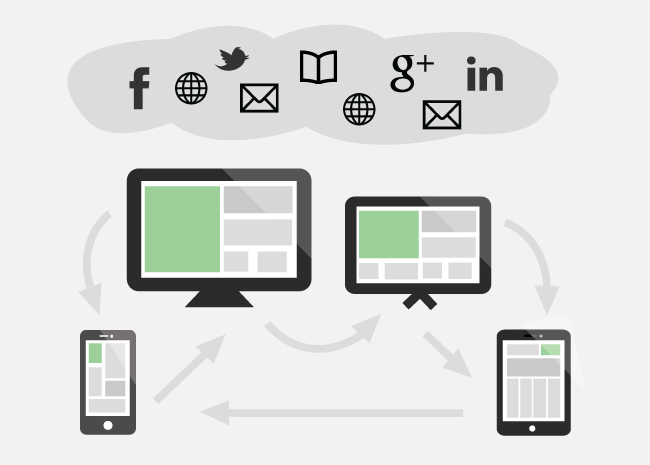Creating a multichannel and omnichannel engagement strategy ranks as one of the most significant marketing musts, but what exactly is the difference between the two? Think of it as a game of Mario Kart. The different levels/courses that the gamer experiences are like the multiple channels a customer interacts and engages with (social media, email, the web, etc). The gamer starts racing their Donkey Kong character throughout the course but hits a banana peel, spinning off into a waterfall. However, rather than starting the course all over again, Lakitu appears on his cloud and picks up Donkey Kong with a fishing rod before he places him right back on the course where the gamer left off. There is no need to start over. The race continues in a seamless fashion, just as an omnichannel experience would.
With so many businesses in the marketplace, keeping an organization top of mind means developing a solid strategy that leverages all possible avenues; that is the foundation of multichannel engagement. To be multichannel means being present on multiple platforms whether it’s social media, a magazine, an email, or the company’s website. However, these different touchpoints do not mean the message is in sync as the user switches between multiple devices. Omnichannel engagement is that continuous customer experience. With an omnichannel engagement strategy the prospect or customer has the ability to start a search on their iPhone, pickup where they left off on an iPad, and make a final purchasing decision on their laptop.
So why is multichannel and omnichannel engagement important?
- 95% of marketers agree that a multichannel strategy that allows them to target customers is important for their organization (Digital Doughnut).
- 98% of Americans switch between devices in the same day (Google Research).
- Companies with extremely strong omnichannel customer engagement retain on average 89% of their customers, compared to 33% for companies with weak omnichannel customer engagement (Aberdeen Group).
- 61% of businesses don’t have the ability to recognize where a customer is in their journey, and then know where to take them next (Digital Doughnut).
- 78% of companies currently realize or expect a sales lift with an integrated omnichannel marketing strategy (Neustar).
Implementation of multichannel and omnichannel practices can have a great impact on businesses, as organizations ultimately strive to improve the relationship and experience of their customers. When executed properly, those satisfied individuals result in more brand loyal customers — which is great news for a company’s bottom line. The key is to start these efforts sooner rather than later. Be the Lakitu of Mario Kart and ensure customers are receiving the experience they need to keep thriving!
Take the next step and learn, How to Create a B2B Omni-channel Marketing Strategy.

